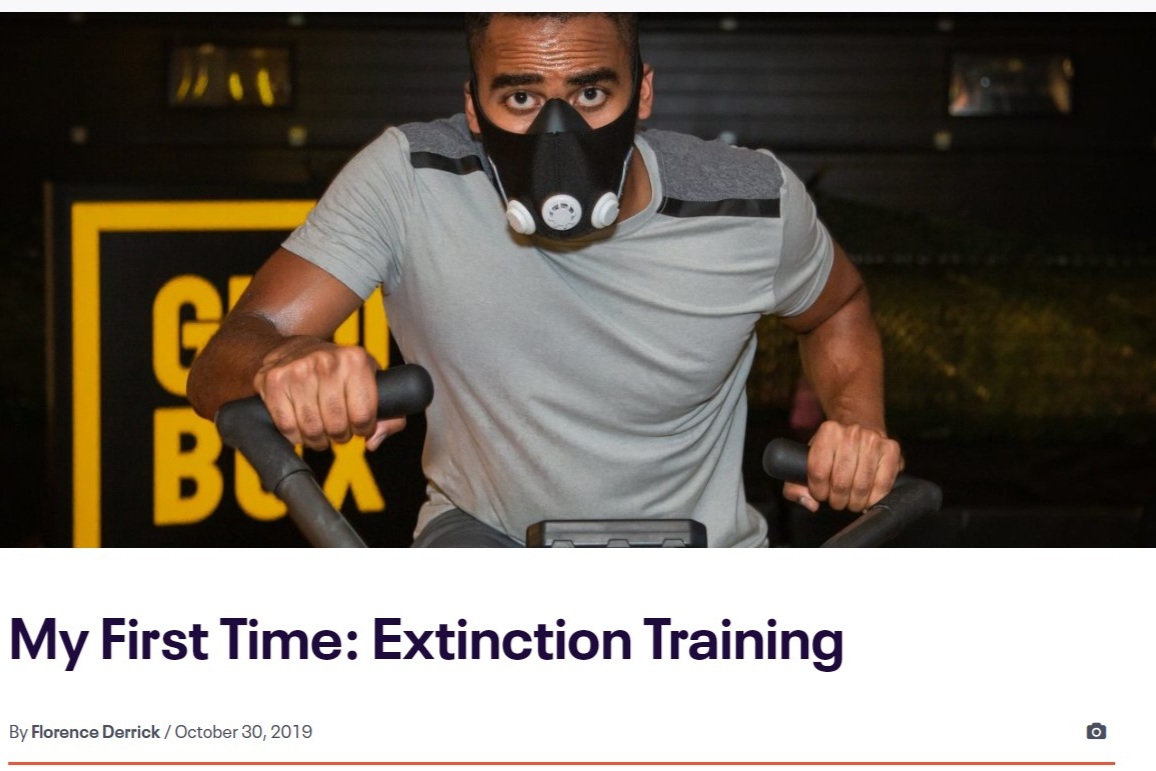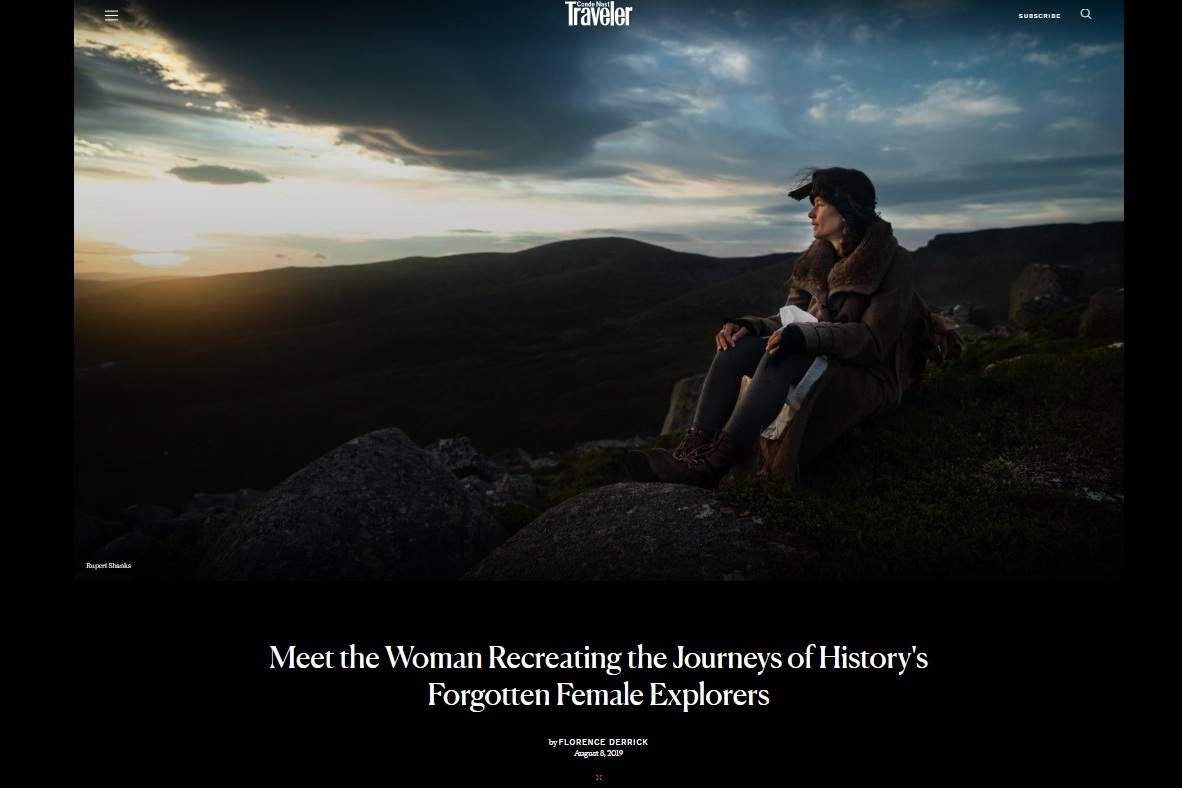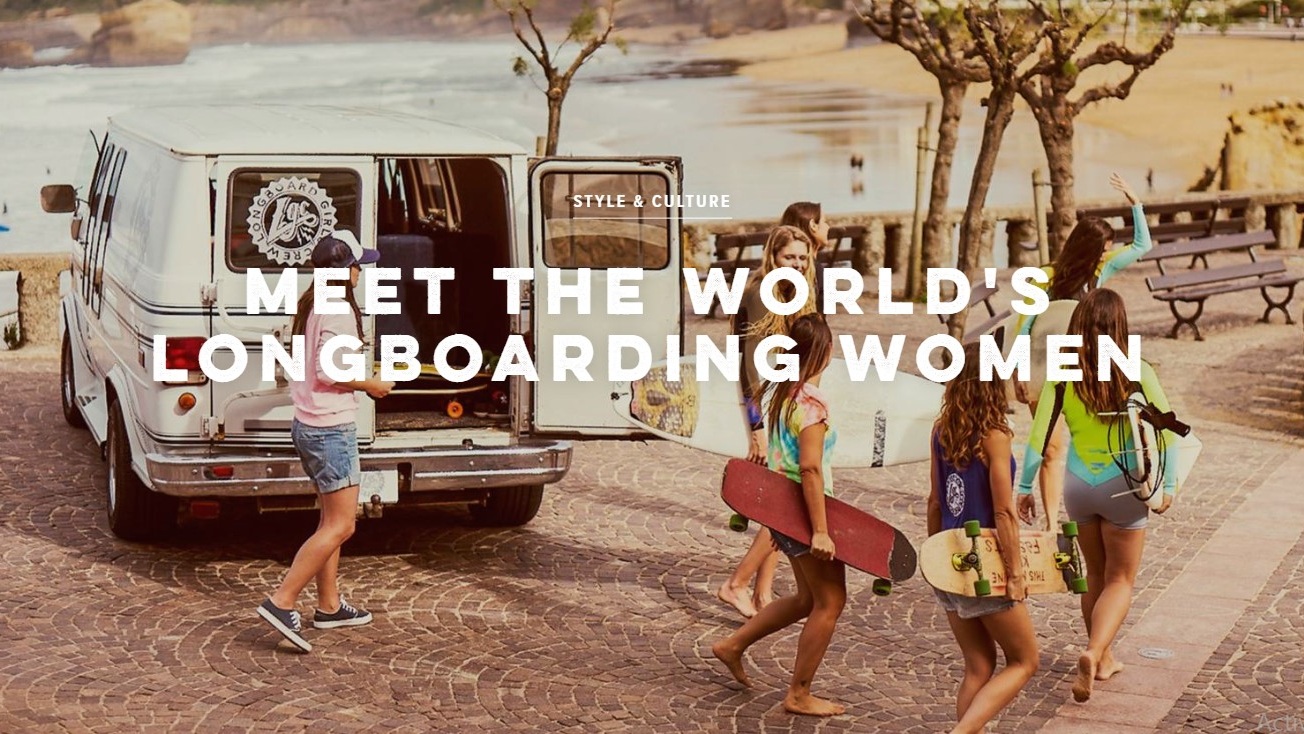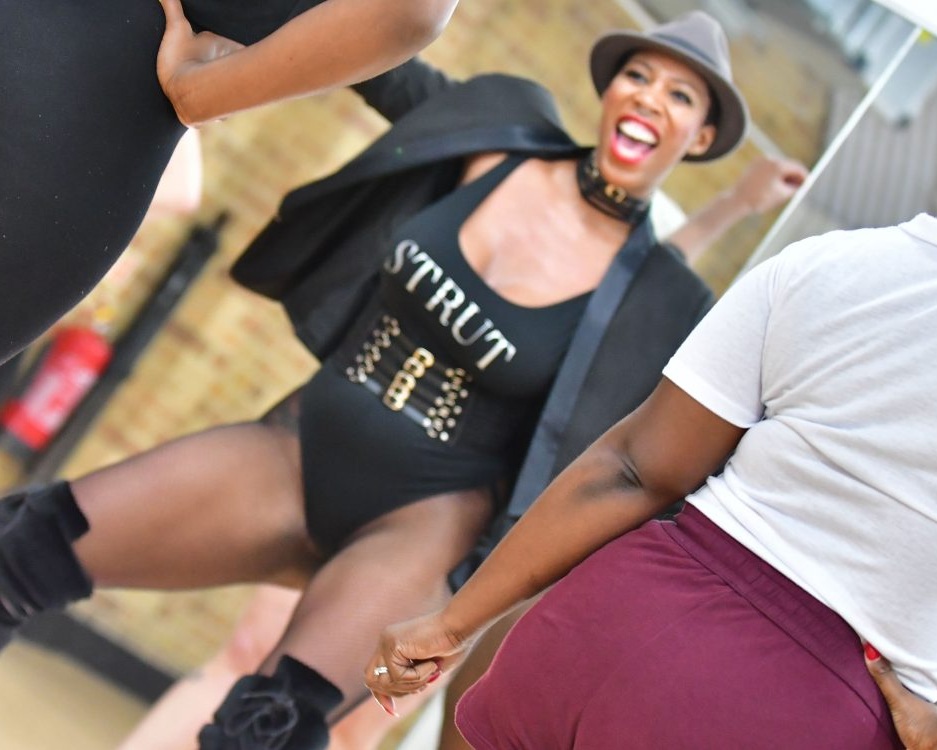In the Arctic, shrinking ice sheets are leaving polar bears starving, with nowhere to hunt. 7,000 miles south, Tokyo reels from its worst typhoon in 60 years. Extinction Rebellion protesters are staging a “die in” outside the New York Stock Exchange while on London’s Westminster Bridge, they’re locking arms in defiance of an approaching police line.
Two miles up the road at Gymbox, Farringdon, I’m hyperventilating through an asphyxiation mask that’s strapped to my face.
“It is the year 2050,” the gym trainer shouts, pacing down the row of panting participants, each of us looking like extras in a nuclear fallout dystopia. “Climate change has happened. Do not breathe too fast through your mask – you’ll choke.”
Gymbox is a London-based fitness company that cites “making sweating enjoyable” as its primary goal – and the flagship Farringdon branch goes all out to achieve that. A DJ spins Daft Punk from a booth by the treadmills, while low lighting and industrial design lend the boxing ring a gritty, steampunk vibe. It’s like a nightclub, if all misbehaviour was swapped for weight lifting and cross-training. No wonder London’s trendiest gym has been behind many of the capital’s quirkiest fitness ideas – from a CBD-enhanced stretch class called Cannabliss to Brexfit, in which participants attack a Boris Johnson-printed punchbag. It’s part of a city-wide yearning to ditch the dumbbells in favour of less-boring exercise: think parkour, pole dancing and circus training.
Gymbox’s latest brainchild, Extinction Training, is even more out there. Having launched in Farringdon this month, the hour-long HIIT class aims to emulate the worst-case-scenario of global warming: “scorching heat, restricted air, extreme conditions and lack of water”, according to the description online.
“The idea is that, if we carry on the way we are, this is what the world could be like in 2050,” says the company’s creative director, Rory McEntee. “We increase the temperature of the room to up to 34 degrees. You wear an asphyxiation mask to imagine a world where the air is so poor that you struggle to breathe. We want to raise awareness – all the exercises are based on science, like real rising temperature statistics.”
So far, so dramatic. I head into the class, my imagination whirring with apocalyptic images of barbed wire and contaminated water – as well as an internal debate about using the most pressing matter of our time, climate change, as a marketing tool. Is this a gimmick, or a genuine attempt to raise awareness of the consequences of inaction? We’re already plagued with eco-anxiety: 70% of the UK population wants dramatic governmental action, but we’re set to miss both our 2025 and 2030 targets for cutting emissions. Perhaps taking it out on some gym equipment could be helpful.
In groups of four, we undergo a series of 60-second exercises, from lunges to dumbbell curls, squats to ball slams. Some keep their asphyxiation masks on at all times, while the rest of us slip them on during the minute-long recovery after each set. It’s a well-devised workout, but I haven’t noticed the elevated heat, or thought much about melting icecaps, since the instructor’s brief introduction.
The second half of the class is more unusual. We crawl under a camouflage net into room two, where we each pick up a plastic water container, half-filled with liquid, and run across a squidgy mat as fast as we can (this part aims to draw attention to water shortages and create the sensation of running through water). We spend a minute each on a rowing machine and a spin bicycle, and push a metal frame in the path of an industrial-strength fan, which is meant to replicate the weather extremes of a hurricane. We’re each given a 125ml sachet of “emergency drinking water”, which everybody spills as they tear open the tricky packaging.
I leave with my heart-rate soaring and thigh muscles burning, but I’m not sure I’m any the wiser about climate change, which makes me question the class’s awareness-raising power.
“Our goal is to educate and inspire our members in our own Gymbox way, while giving them a really good workout,” says McEntee. “The feedback I’ve had from members is that it’s fun, and a bit of a wakeup call. The two don’t need to be mutually exclusive.”
When I hear that proceeds from Extinction Training go to Greenpeace, and the water sachets are recyclable, I agree. “We couldn’t put on this class without living and breathing the values behind it,” says McEntee. “It’s inspired the team to make sure we’re doing our bit, and we’ve changed to reusable bags and coffee cups as a result. These may be small things in the business, but we’re not perfect. We’re just asking, how can we inspire our members to make a little bit of a difference?”
The Gymbox social media hashtag is #AnythingGoes. When I first heard about Extinction Training, I cynically agreed. But stepping back out into the cool autumn night, I gaze at the trees and the London streetlights and realise that climate change is on my mind after all – but I’m so packed full of post-exercise endorphins that my eco-anxiety has been replaced by energy. This class isn’t a lecture or a protest, and it’s not meant to be. But if it slips climate change into our general consciousness just a tiny bit more – however vaguely – it’s surely done some good.



